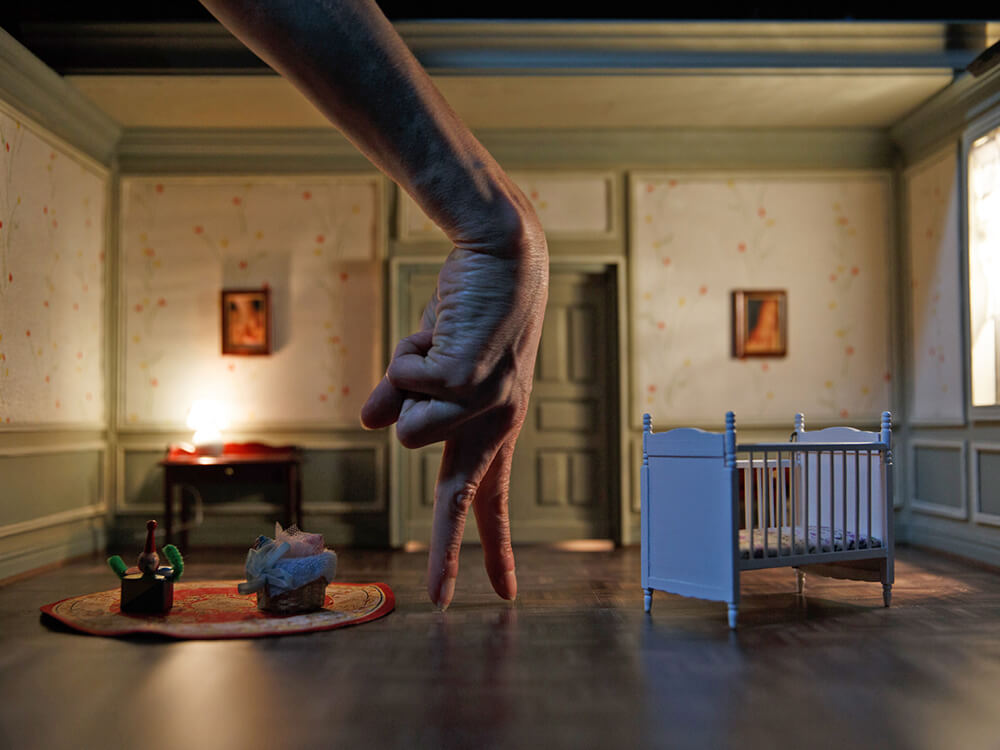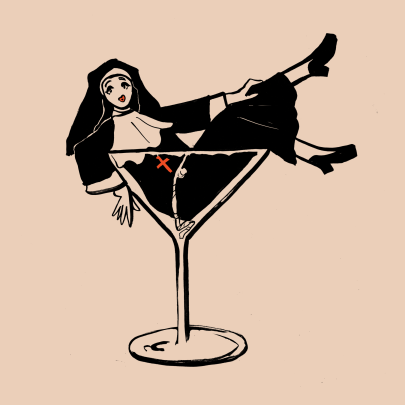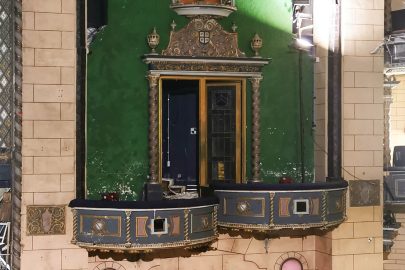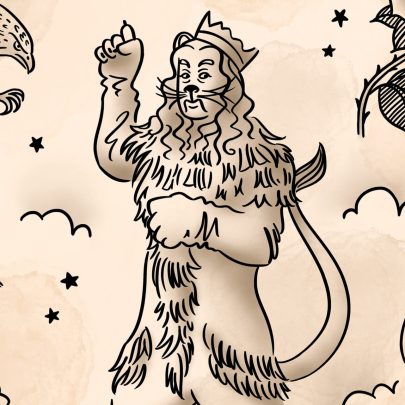Mar 11, 2020 Theatre
Metro talks to the co-creator of Cold Blood, Jaco Van Dormael about what to expect, the process of making it and why this odd concept just works.
Going to see Cold Blood and making a night of it? Here are our picks for the best pre-show restaurants this Arts Festival.
Other Metro picks: Biladurang, Estère Dalton: Into the Belly of Capricorn.
You don’t quite know where to look. Two pairs of dancing fingers dressed in thimbles tap across the crystal floor in a Fred-and-Ginger-style number, while camera operators and lights do their own strange dance around them. The cameras act as your binoculars, projecting the scene onto a big screen where live special effects are added and a droll voiceover accompanies us as, one by one, we’re guided through seven absurd deaths.
Before all this, film-maker Jaco Van Dormael (Mr Nobody, The Brand New Testament) and partner and choreographer Michèle Anne De Mey asked themselves if they could do something different: work in which cinema does not do a disservice to choreography, or vice versa (Van Dormael reckons dance is one of the hardest things to film).
In 2011, they found the answer with their first work together, Kiss & Cry, a finger-tapping love story which created its own genre. The show was performed to more than 180,000 people around the world. “It was just after Mr Nobody, which went on for years and years,” Van Dormael recalls. “It was then I thought, could I make a long feature film just on the table in my kitchen?”
In Cold Blood, the cameras circling the dancers are projecting but never recording, so what they capture is experienced only by those in the theatre. Miniature sets — a baby’s room with dotted wallpaper, lush forests between two mirrors which repeat the trees for infinity, apartment blocks in an eerily empty city — are constructed to produce an illusion of detailed reality, an uncanny perfection which betrays its falseness. “It’s very strange,” Van Dormael says. “It’s like you’re seeing through a trick by a magician and at the same time, it’s magic. We try to make it look fake but the feelings are true.” When they understand all the tricks, then they’re ready to believe.
Cold Blood is also a dance show. Fingers jump and swoop and arch gracefully just like a dancer’s body (the hands do belong to a professional dancer) to music by David Bowie and Nina Simone, among others.
The concept can take some time to wrap your head around, but Van Dormael is remarkably relaxed about it; he knows from experience that we as humans are quick to adjust. “We accept that a hand is a hand, but that the hand is sometimes a body. The hand is sometimes an animal. It’s a part of our body that we know the best, because we can see it without a mirror; it’s just so central. I remember as a kid, playing with toys in my hands. It has something to do with that — the process of creating worlds.”
The show starts with the audience being told they will live and die seven times. As the deaths start to roll out, each is stupider than the one before it. It’s humorous and melancholic, but the show is not about death. “The subject is really your last memory,” says Van Dormael. And the last memory is not seeing your whole life, but remembering the very tiny little things that didn’t look so important at the time. Remembering the smell of fruits, the softness of the skin, the first time I held her hand in my hand. It’s about the things that are deep in our memory and are, perhaps, the most important.”
Van Dormael explains Cold Blood is the work of a collective, much more so than in his film work. Different from his film practice, too, is the element of improvisation and loss of control — the pair went into the project without knowing the story they wanted to tell, just that it had to be different from Kiss & Cry. The narrative took shape only after half of the four-month process, when writer Thomas Gunzig was able to tie their improvisations together into a whole.
Ultimately, Cold Blood is, “not theatre, it’s not film, it’s not dance, yet it’s something between all that,” Van Dormael says. “This couldn’t have existed 20 years ago. But the cameras are now lighter, the technology is better. It opens new languages. So many more things are now possible.”
Cold Blood, 11-14 March, ASB Waterfront Theatre.






